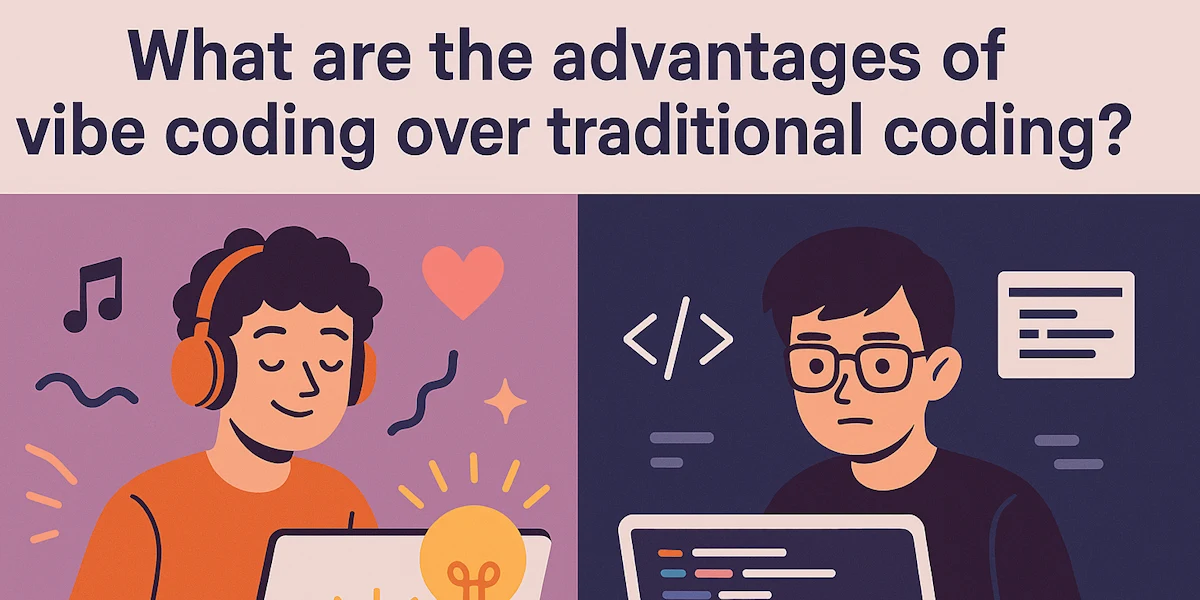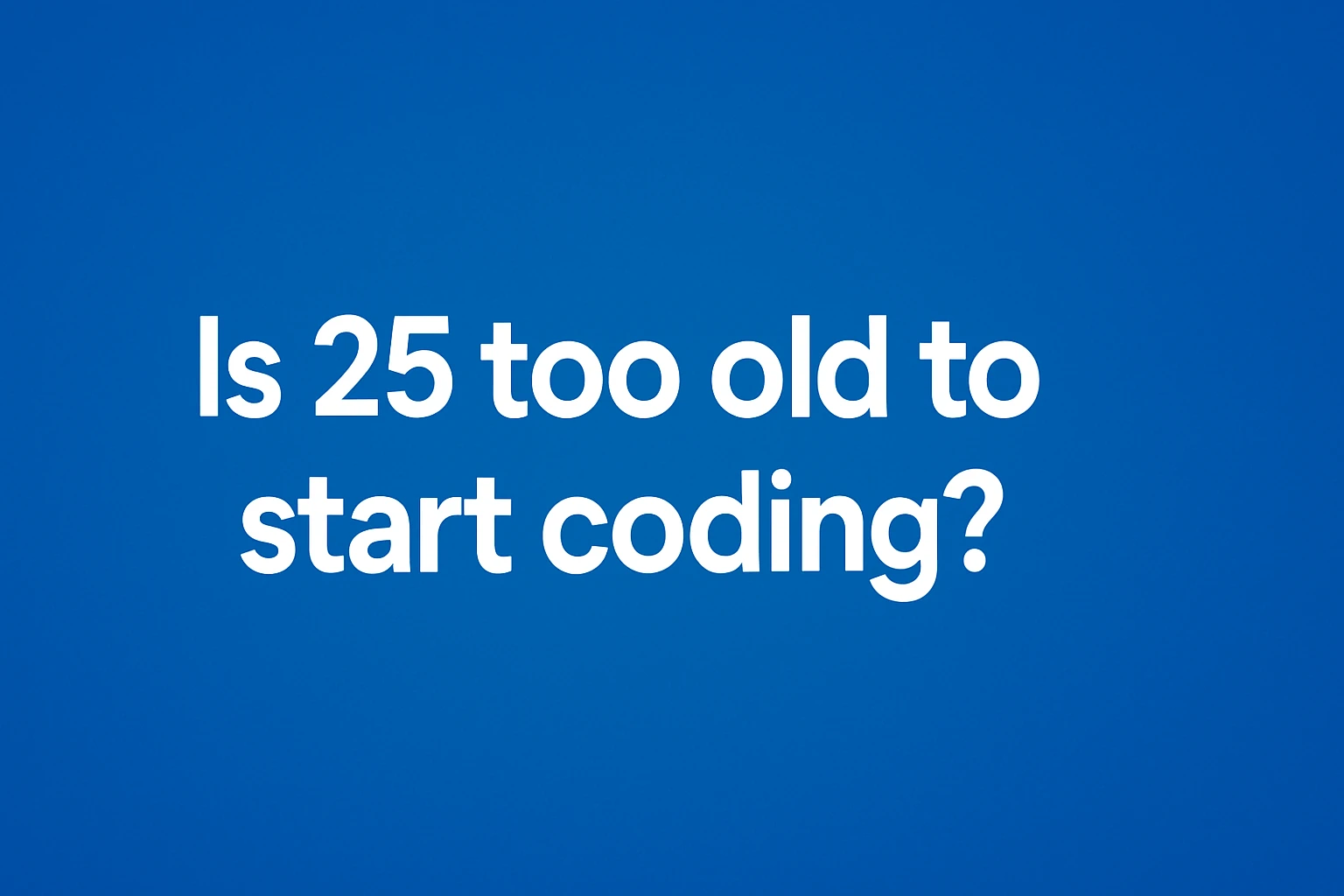How Does Vibe Coding Impact the Speed of Software Development

Introduction to Vibe Coding and Development Velocity
Vibe coding is transforming the software development landscape by introducing a more immersive, focused, and flow-driven environment for programmers. Through real-time collaboration, integrated tools, and distraction-free interfaces, vibe coding significantly accelerates development cycles. In this article, we explore in detail how vibe coding influences speed, productivity, and project delivery timelines.
Enhanced Focus Through Distraction-Free Environments
One of the primary advantages of vibe coding is the creation of a distraction-free coding zone. Traditional development environments often expose developers to notifications, unnecessary meetings, and redundant context switching. Vibe coding platforms are designed to eliminate these interruptions by integrating communication, documentation, and coding within a single interface. This structure reduces cognitive load and boosts code output speed by keeping developers in their flow state for longer periods.
Real-Time Collaboration and Pair Programming
Vibe coding fosters real-time collaboration by integrating features that support synchronous editing, pair programming, and instant feedback. Unlike conventional models where reviews and code merging introduce delays, vibe coding encourages live co-development. Teams can identify bugs, refactor code, and brainstorm solutions on the fly, reducing time spent on code reviews and iterations. This collaborative spirit ensures faster delivery of features and quicker resolution of technical challenges.
Integrated DevOps Tools for Streamlined Deployment
Speed is not just about writing code faster; it’s also about deploying efficiently. Vibe coding platforms often come with built-in or easily integrated DevOps tools, including CI/CD pipelines, automated testing suites, and container orchestration utilities. Developers can code, test, and deploy from the same environment without shifting between tools, reducing latency in the development lifecycle and ensuring faster time to market.
Automated Code Quality Checks
Maintaining high standards without sacrificing speed is critical in modern development. Vibe coding introduces automated code quality checks that operate in the background as developers write code. Linters, static analysis tools, and security scanners immediately flag issues, allowing for instant correction rather than waiting for dedicated review cycles. This proactive approach minimizes technical debt and accelerates progress.
Accelerated Onboarding for New Team Members
New developers joining a project often face steep learning curves. Vibe coding platforms simplify onboarding through shared workspaces, comprehensive project dashboards, and embedded documentation. New team members can start contributing code faster since they have immediate access to the resources and collaboration tools they need, cutting down ramp-up time and boosting team velocity.
Better Context Management Across Tasks
Context switching is a major productivity killer. Vibe coding environments minimize this by offering context preservation features, such as persistent workspaces, session snapshots, and task-linked notes. Developers can pause and resume tasks without losing their train of thought, ensuring that coding momentum remains intact and that switching between tasks does not impact the overall speed of development.
Seamless Integration With Issue Tracking
Modern software projects are driven by tickets, tasks, and sprints. Vibe coding tools integrate deeply with issue tracking systems like Jira, Trello, or GitHub Issues. This allows developers to reference tasks, update progress, and link commits directly from the coding environment, reducing manual updates and making project management more fluid. The outcome is a faster and clearer development cycle with fewer administrative delays.
Encouragement of Agile Best Practices
Vibe coding aligns naturally with Agile methodologies. Features like real-time standups, progress indicators, and live documentation encourage continuous delivery and iterative improvements. This alignment means that teams can respond to changes rapidly, deliver updates frequently, and keep pace with evolving requirements — all contributing to the accelerated speed of software development.
Support for Cross-Functional Teams
Vibe coding environments are not just for developers. They provide spaces where designers, testers, and product managers can collaborate alongside coders. This inclusivity ensures that feedback loops are shorter, decisions are made faster, and deliverables meet specifications on the first attempt, reducing rework and ensuring faster release cycles.
Boosting Morale and Reducing Burnout
While often overlooked, developer morale has a direct correlation with speed. Vibe coding creates an enjoyable, community-driven atmosphere that keeps teams motivated. When developers are engaged and satisfied, their output naturally improves, and the time required to complete tasks shortens. High morale reduces burnout, leading to sustained productivity over longer periods.
Data-Driven Insights for Continuous Improvement
Vibe coding platforms often provide analytics and reporting that help teams understand their coding patterns, bottlenecks, and strengths. By leveraging these insights, teams can optimize workflows, allocate resources intelligently, and continuously improve speed without compromising code quality.
Scalability for Large and Distributed Teams
With the rise of remote work, vibe coding provides the necessary infrastructure to scale. Large, distributed teams can work as seamlessly as small, co-located ones. With consistent coding environments, shared resources, and real-time communication tools, development speed is no longer hampered by geography or time zones.
Reduction in Contextual Errors and Miscommunication
Errors arising from miscommunication or fragmented workflows are minimized in vibe coding setups. The unified workspace ensures that everyone operates with the same context and data, which dramatically reduces the chances of rework due to misunderstandings. This directly leads to faster, cleaner development cycles.
Conclusion: The Future of Fast Software Development
Vibe coding is redefining what it means to deliver software quickly without sacrificing quality. By combining focus, collaboration, automation, and analytics, vibe coding creates the perfect ecosystem for high-speed software development. Teams adopting vibe coding are positioned to meet modern delivery demands, outpace competitors, and continuously evolve their practices for maximum efficiency.

Deepak
Vibe Coder specializing in AI-powered development and software architecture.


